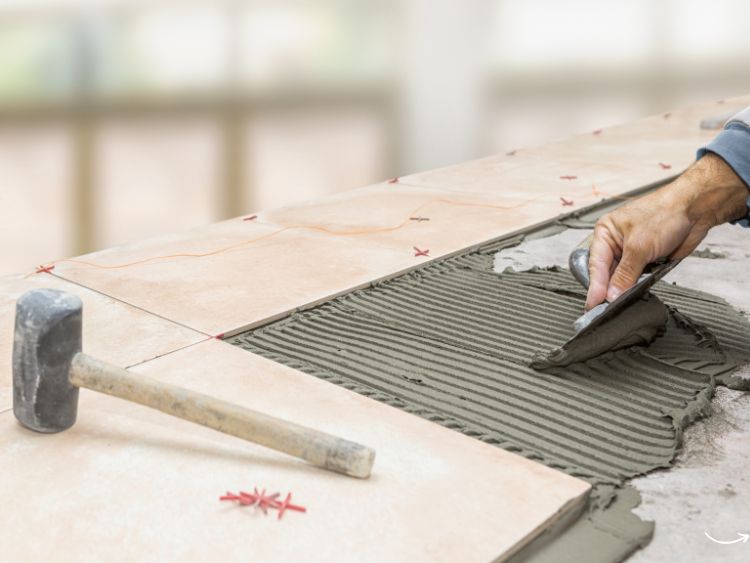Job Duties
Plumbers are primarily responsible for installing and maintaining various types of piping systems and fixtures. The exact responsibilities of a plumber depend on the particular project type. All plumbers must be able to follow blueprints, work with plumbing tools, and know what types of materials are required for each job. Plumbers may also design piping systems for new construction projects.
During plumbing jobs, you may need to perform basic carpentry to access pipes inside walls or brace pipes to keep them in place. You will also weld, solder, and attach fittings together when necessary. Once a piping system is installed, you’ll install fixtures, such as bathtubs, showers, toilets, water heaters, and dishwashers.
Important Facts About Plumbers
| Required Education | High school diploma or GED equivalent |
| Work Environment | Factories, homes, business |
| Key Skills | Physical conditioning, customer service, proficient mechanical knowledge, business sense |
| Similar Occupations | Boilermaker, construction manager, electrician |
Specialties
Pipelayers, pipefitters, and steamfitters are all specialties within the plumbing profession. As a plumber, you can specialize in a particular area or offer services in multiple specialties, including pipelaying and pipefitting.
Pipelayers
Pipelayers set and install the piping needed for various plumbing systems, such as water mains and storm drains. As a pipelayer, you can expect to dig and grade the trenches where the pipe will lay, set the pipes in the trenches and secure the pipes together through welding, cementing, or gluing.
Pipefitters and Steamfitters
Pipefitters are mainly involved with large industrial plumbing projects. They install and maintain heating and cooling piping systems, as well as systems used to generate electricity. Steamfitters specialize in high-pressure systems that move gases or liquids, such as water, steam, or compressed air.
Training Requirements
You can train to become a plumber through plumbing apprenticeships found through trade schools and community colleges. Plumbing training programs typically take four to five years to complete, and usually require you to have a high school diploma or GED to enroll. Apprenticeships provide you with on-the-job training and build your knowledge of piping types, systems, tool usage, mathematics, blueprint reading, plumbing codes, and water distribution.
Employment Outlook and Salary Information
According to the U.S. Bureau of Labor Statistics (BLS, www.bls.gov), there were about 372,570 jobs held by plumbers, pipefitters, and steamfitters in 2014. The projected job growth for this field was 12% from 2014-2024. The BLS reported the mean annual wage for plumbers in May 2014 was $54,620.


